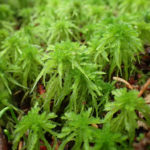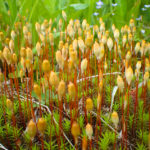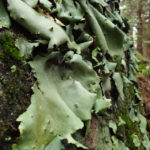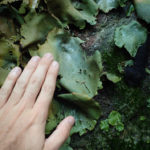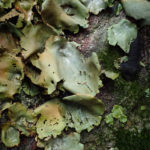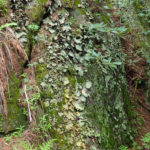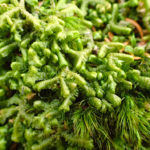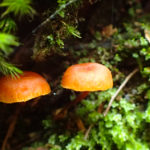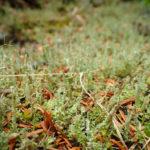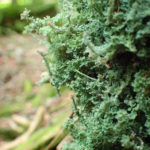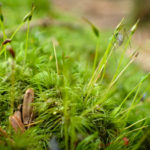Shrub-to-maritime communities at the upland portion of the Little Tybee Island marsh complex, including a brackish slough. Salt spray and saltwater intrusion may be responsible for dwarfed growth of some of the trees, including some of the pine (Pinus sp.), live oak (Quercus sp. ) and Red Cedar (Juniperus virginiana).
Sand and sun
Little Tybee Island Sunrise
Sea oats
Mosses and lichens at Mt. Mitchell
Mountain Lily
On the trail, in August, wild flowers and blue skies dominate. I photographed many of the wild flowers, and hope to provide some identifications to the images. Here’s one:Erythronium montanum from a visit to Mt. Hood in 2012.
Top Spur Trail
Top Spur Trail overlooking Mount Hood with Jenn and Jamie back in 2012.
Mount Hood
Digging into some old, unpublished photographs, I came across a trip to Portland, Oregon, for the annual meeting of the Ecological Society of America in 2012. Jamie kindly hosted Jenn and me in her home (then did so again in 2017), and we took a trip to Top Spur Trail after the meeting’s end. Here are some landscape and panorama images from Top Spur Trail approaching Mount Hood.
Spanish moss seed
Whenever introducing land plants to students, I emphasize Spanish moss (Tillandsia usneoides) as neither Spanish—it looks like a bearded conquistador—nor moss—it’s an angiosperm or flowering plant. Here’s the proof: wind-dispersed seeds protected by a recently split, dried pod. Mosses lack flowers, fruits, and seeds.
Also evident are the flaky trichomes, which help the plant to soak up moisture and nutrients from the atmosphere. It’s not parasitic like mistletoe nor do the live, hanging bunches contain chiggers.
Trap-jaw ant
Trap-jaw ants (Odontomachus bauri) patrol a bed of moss and detritus on a tree trunk, jaws wide open. Disruptions to hairs on the inner side of their jaw trigger an explosively fast and powerful closure—check out the size of their head, which houses the muscles responsible for clamping their mandibles inward.

The closure is so powerful that the ant itself is sometimes launched off of the ground. In fact, they use the launch to escape predators.
Don’t worry, they’re unable to hurt humans.




















